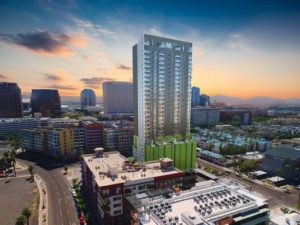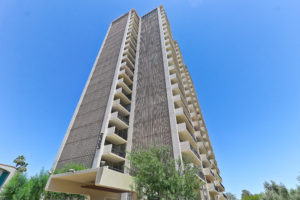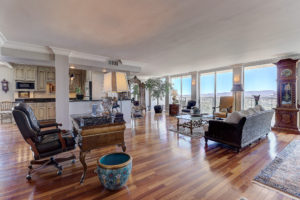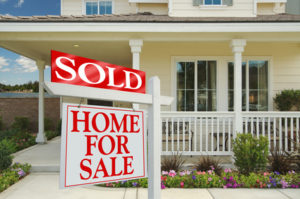Courtesy, Catherine Reagor, Arizona Republic
Home prices have shot up in metro Phoenix, but deals can still be found if you know where to look.
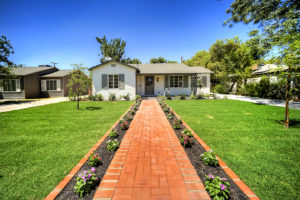 Finding that Valley neighborhood, block or home that is still a bargain and likely to rise in value sooner rather than later is the end game for most homebuyers, investors and flippers.
Finding that Valley neighborhood, block or home that is still a bargain and likely to rise in value sooner rather than later is the end game for most homebuyers, investors and flippers.
Rising home prices are making it so much tougher for first-time homebuyers. So this year I am sharing some neighborhoods where houses are priced below $300,000.
A disclaimer: I am not advocating to buy in these areas. Some of the areas come with higher crime rates or other urban issues. But when a friend or source asks me where first-time buyers can still afford houses closer in, here’s my answer.
South Phoenix
I thought this central Valley area close to freeways and the biggest city park in the U.S. would rebound 15 years ago. But the housing boom and bust delayed its comeback until now.
Home sales in the area’s 85040 ZIP code soared 37% last year. Prices in that neighborhood climbed 22% to $201,000 but are still affordable compared with metro Phoenix’s median home price of $268,000.
South Phoenix has golf and gated communities closer to South Mountain in the 85042 ZIP code. But the median price for that area is only $250,000.
A cool new community called Avance on a former golf course, right next to the preserve, opens in May, 2019. Prices there are expected to start above $300,000.
Downtown Mesa
Light rail, new universities and investment from the Mormon Church are giving this older area a boost. Several new restaurants have opened, and new housing projects are planned, and Mesa has some wonderful historic homes.
It’s become a place for people to hang out again.
The median home price in downtown Mesa’s 85201 ZIP code is $220,000, up 10% from last year. The Evergreen Historic District with homes dating to 1910 can be found here.
Benedictine University has a new campus in downtown Mesa, and Arizona State University is opening one. ASU’s investment in downtown Phoenix helped create a rental housing boom in that area.
Sunnyslope
This often-maligned north Phoenix neighborhood that stretches up and around 7th Street and 7th Avenue north of Northern Avenue to North Mountain is starting to see home prices rise and more businesses open.
Its lower-income housing may deter some buyers, while others like the great diversity. It spans the ZIP codes 85020 and 85021 and is one of the most affordable neighborhoods in both.
The median home price in 85021, the more affordable area, is $301,000. But that area also includes parts of the much-pricier north central neighborhood.
Some interesting luxury homes can be found in Sunnyslope around the Phoenix Mountains Preserve.
Melrose Woodlea Historic Neighborhoods
Buyers can find mid-century homes with relatively affordable price tags in several midtown neighborhoods in the 85013 and 85015 ZIP codes such as North Encanto Historic District, Woodlea Historic District or Pierson Place Historic District.
The Willo, Encanto and Uptown neighborhoods, where prices are much higher, border this area.
Neighborhoods bordering some of the historic districts are great places to look, too. Grandview is one of my favorites, or St. Gregory/Westwood, and there are some hidden gem “no-name” neighborhoods also between 7th and 15th streets and Osborn and Indian School roads.
The redevelopment of Park Central Mall and the many new apartments going up in Midtown are also giving this area a boost.
The median home price in 85013 is $325,000, but houses that need some work can be found for less. The median price in 85015 is $229,000.
West Phoenix
The 85017 ZIP code is home to growing Grand Canyon University. The school helped revitalize the area that had Phoenix’s highest crime rate in 2010.
This west Phoenix neighborhood is drawing investors, who are buying homes and turning them into rentals for students, and flippers, who are redoing the area’s older brick ranch-style houses.
Crime rates have dropped and home values have climbed in this area near Interstate 17. The median home price in the 85017 ZIP code has rebounded 302% from $41,000 after the crash in 2011 to $165,000 in 2018.
Despite the jump, it’s still one of the Valley’s most affordable neighborhoods.
Investors/flippers
These areas are top picks for investors and flippers for the same reasons they draw first-time buyers.
That means first-time buyers will face a lot of competition for the best properties.
But for buyers who don’t want to fix up a house or want to rent in an area before buying, it means more options.
For buyers interested in affordable new homes, check out a list of the least pricey new communities. Most are in metro Phoenix’s edge suburbs.
Whether you’re looking to buy a single-family home in Phoenix, AZ, a Historic Phoenix home, or, If the condo lifestyle is something you’re considering, or, if it’s all you can afford now, please give me a call for free, no obligation consultation. I specialize and LOVE working with first-time homebuyers and am am FIRM believer that THERE IS NO SUCH THING AS A STUPID QUESTION. I’ll take all the time with you that you need!


